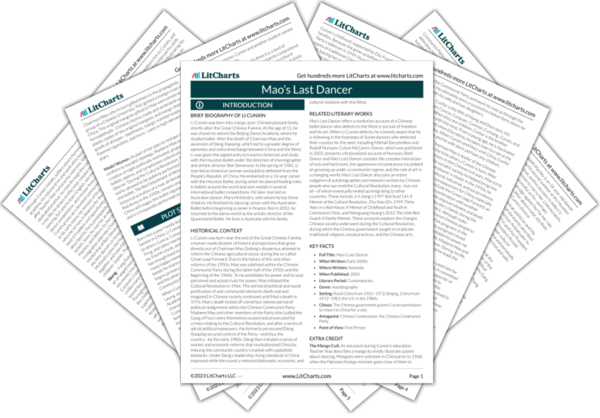Away from his family, Cunxin looks to the library to replace the oral tales he used to hear from his dia and other elders in the village. But while the old, oral tales gave him insight into the world, the way it works, and his own role within it, the library books feel disappointingly flat. They move his emotions, but their exaggerated and lopsided view of the world serves the Party rather than Cunxin’s soul. It’s a mark of how unhelpful these books are in the long run that Cunxin doesn’t retell any of them within the book, in contrast to the multiple oral tales he quotes from his childhood, like the cricket Brave Hero and the frog in the well.
